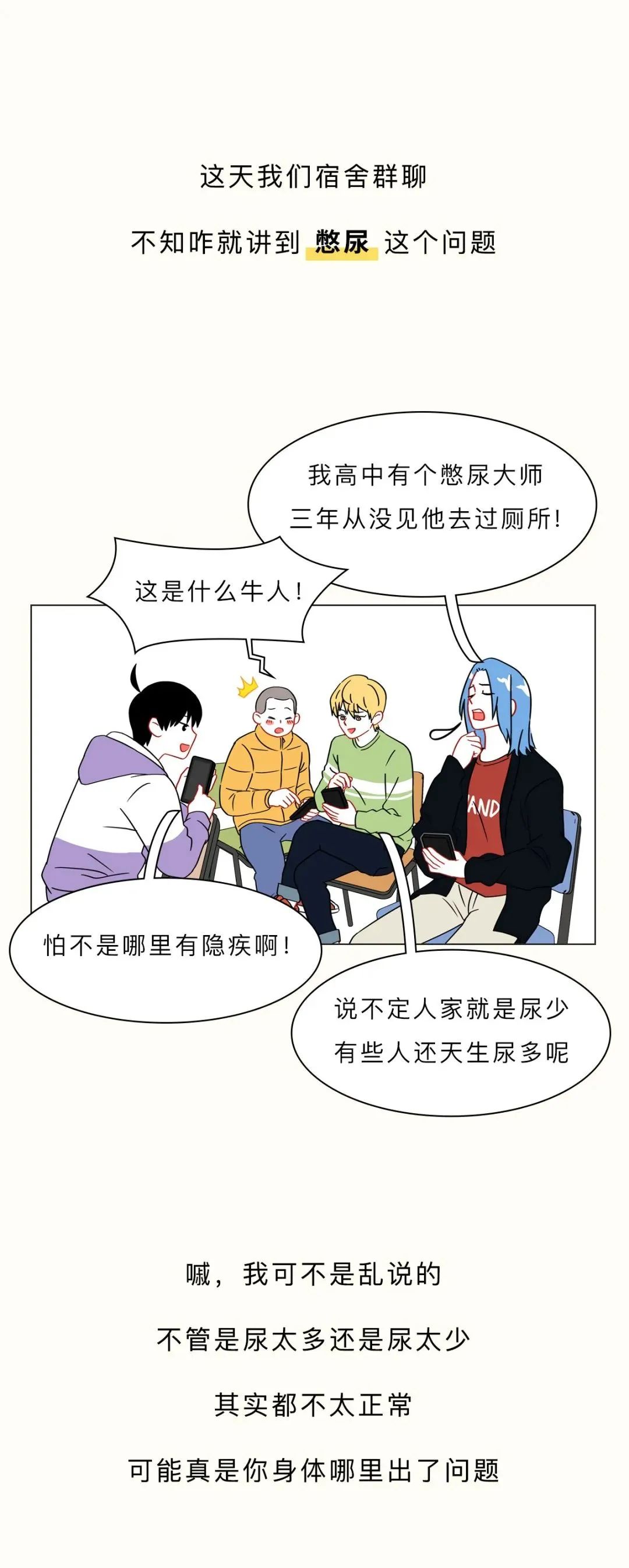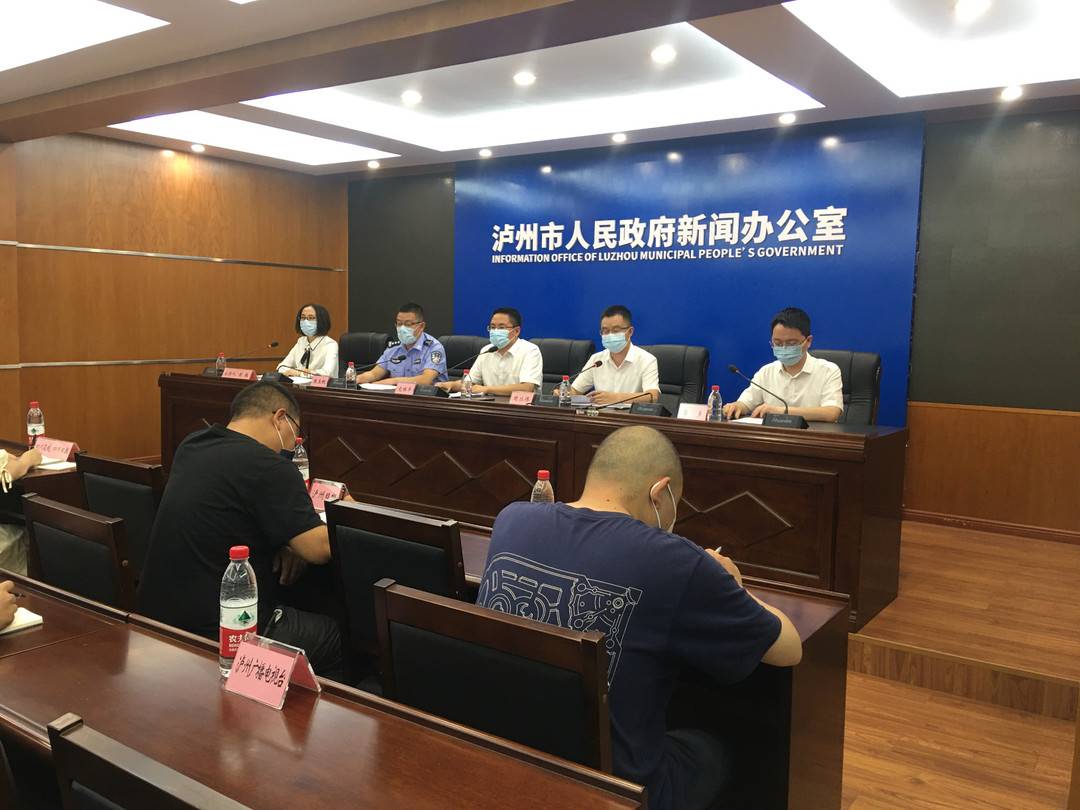Please collect this common emergency "textbook operation"!
Author:Guangdong Sanitary Online Time:2022.09.12

September 10th
Except for the Mid -Autumn Festival, Teacher's Day
Still "World First Aid Day"
On the occasion of a happy holiday
Guangdong Sanitary Online Invitation
Sun Yixian Memorial Hospital of Sun Yat -sen University
Deputy Chief Physician of the Emergency Department of Wen Liqiang
Introduce the correct method of response to common emergencies
↓↓
Sudden heartbeat and breathing stop
Acute myocardial infarction, severe arrhythmia, a large amount of cerebral hemorrhage, severe electrolyte disorders, etc., may cause sudden heartbeat breathing arrest. When someone suddenly falls to the ground or lost consciousness, it can be dealt with according to the following processes (adults with adults For example):
◎ Determine consciousness and call for help in time: By patting the patient's shoulders and shouting in your ears, judge whether you are conscious. If the patient responds without response, immediately call for help and call the 120 emergency call, and obtain AED (automatic external tremor) as much as possible to carry out first aid.
◎ Pressing chest compression: After confirming that the patient's heartbeat is stopped, the chest is pressed immediately. The rescuer overlap with both hands and the palm root is placed in the midpoint of the patient's bilateral nipple connection. The shoulder, elbow, and wrists are perpendicular to the patient's chest and continuously pressing the chest continuously. The depth of pressing is at least 5 cm, and the frequency of pressing is 100-120 times/min.
◎ Artificial breathing: Clean up the airway first, then pinch the patient's bilateral nostrils, and press the patient's lips to blow the air (blowing the air is greater than 1 second) to see the patient's thorax ups and downs. Essence Press the chest twice every 30 times. If the rescuer is unwilling or unable to perform artificial breathing, he can only press continuous chest presses until the medical staff arrives on the scene to rescue.
After the five cycles, the patient's consciousness, pulse, breathing, etc. are evaluated again. If there is no response, continue to perform cardiopulmonary resuscitation.
Acute stroke
Acute stroke (stroke) is a common acute and critical illness. If it is not identified and treated in time, it will cause serious sequelae such as hemiplegia and blindness and even life -threatening. You can use the "stroke 120 method" to quickly identify stroke:

If you find one or more in the above situation, you should call 120 immediately; pay attention to rescue and reduce the movement of patients; avoid shaking patients, raising pillows, massage heads, etc.; If there is vomiting, pay the head on one side and pay attention to cleaning the mouth to avoid airway clogging; pay attention to protect the patient when convulsions, avoid secondary injuries, stuns, tongue bite, etc.
Foreign body stuck
If the foreign body feels obvious, but there is no difficulty in breathing, etc.: You can first try to drain foreign objects in the throat through the cough. If necessary, you can use the clean little gardenia and other foreign objects. If the foreign body is deeper or unable to see, you need to go to the hospital as soon as possible to deal with it as soon as possible.
If clinical symptoms such as shortness of breath, inhalation of breathing, and unable to sound in a short period of time, you need to use Heimlikfa for first aid and dial 120 in time.
Heimlikfa
↓↓




trauma
: Openly damage: such as cutting injuries, glass cuts, etc., you can use sterile gauze or clean towels to press the affected area. Those with obvious bleeding can press and bandage and lift the affected limb, such as obvious glass fragments such as glass fragments. You can use cold water or bottled water, etc., and then bandage, and seek medical treatment as soon as possible.
: Closed wound: such as joint sprains, etc., you can initially dispose of the wound according to the "RICE principle":
REST (rest): rest, brake, prevent re -damage;
ICE (Ice Applimation): Ice compress within 24-28 hours after injury, 15-20 minutes each time, 1-2 hours;
Compression (pressurized): reduce local bleeding;
Elevator
If there are obvious deformities, abnormal noise, obvious pain, etc., you should go to the hospital for further examination and treatment as soon as possible.
Dog bite
If you are bitten by a dog, pay attention to the correct wound treatment and seek medical treatment as soon as possible:
(1) Squeeze the wound: try to squeeze the wound blood or pull the poison with a fire can, avoid sucking the wound with your mouth;
(2) Rinse wounds: Repeat 20 % soapy water or water for 15-30 minutes to strive to remove dog saliva and squeeze out blood;
(3) Disinfection wounds: After thoroughly rinse or disinfect or disinfect the wound with iodine -containing preparations;
(4) Seek medical treatment as soon as possible: According to the situation of the wound exposure, the rabies vaccine and other treatment if necessary (within 24 hours after being bitten, it cannot exceed 7 days at the latest).
Burning
The correct treatment method of burning burns is: rush, take off, bubble, cover, and send.
① Chong: Continuously rinse the scald surface for about 15-30 minutes with flowing water. Pay attention to the rinse water flow should not be too urgent and too cold; if there are no rinse conditions at the scene, you can use a few wet towels to take turns to cool down to cool down; you cannot put the ice cubes directly directly. To cool the burns.
② Take off: If the burns are covered with clothing, take it out with cold water and remove it carefully or cut it. If the clothing and the skin are adhesive, cut off the uns sticky clothing first, be careful not to tear the clothes forcibly.
③ Boom: Those with obvious pain can continue to soak the wound in cold water for 15-30 minutes as needed.
④ Cover: In order to reduce external pollution, after washing and cleaning the wound, you can use sterile gauze, towels or clean clothes to wrap the wounds and gently fix it.
⑤ Send: Except for burns with a small area and a relatively light level, you should seek medical treatment as soon as possible after completing the above steps. Note that you should first complete the local cooling and other local cooling and then go to the hospital. It is not to take it to the hospital immediately after scalding, so as not to miss the best time to prevent burns from further development. Nosebleed
Rhil hemorrhage can spontaneously or secondary and local diseases, trauma, etc. The correct method of treating the correct rhinopathic hemorrhage is as follows:
(1) Sending: Keep emotional stability.
(2) Local ice application: The forehead and hind neck can be applied to promote blood vessel contraction and bleeding.
(3) Compress the nose: The finger pinching the bilateral nose is about 10-20 minutes, and the mouth breathe.
(4) The position is correct: take a sitting position, lean forward, do not lean back, avoid the blood in the air in the air, causing irritating cough, etc., try to vomit from the nasal pharyngeal to the oral blood, so as to calculate the amount of bleeding, and avoid blood pairing. Stimulation of the stomach causes discomfort such as vomiting.
(5) Time to seek medical treatment: If it cannot be controlled or aggravated, the medical treatment will be treated in a timely manner.
It is reported that on the eve of the World First Aid Day, Sun Yixian Memorial Hospital launched the "CPR Campus" activity to bring scientific first aid knowledge to college campuses. Wen Liqiang said that with the improvement of national health awareness and the promotion of first aid technology, accidents such as more and more breathing arrest can be treated in a timely and effective first -aid treatment, and it is of great significance to facing college students to carry out CPR teaching.
Reporter | Zhou Yanmei
Edit | Editor of Wu Qiuqiu | Zhang Xiuli
Correspondent | Huang Rui Liu Wenqin
Note | Tuyuan Network
Produced by Guangdong Health Online All -Media Team
- END -
As soon as I drink water, I go to the toilet VS for a long time and do not go to the toilet for a long time.

appendix:Source: a hegemony
Cooperate with the hospital's sense of prevention and control of three Internet hospitals in Luzhou, Sichuan, you can restore diagnosis and prescribing medicine

Cover reporter Li Huagang Photography ReportThe epidemic occurred, and the forefro...